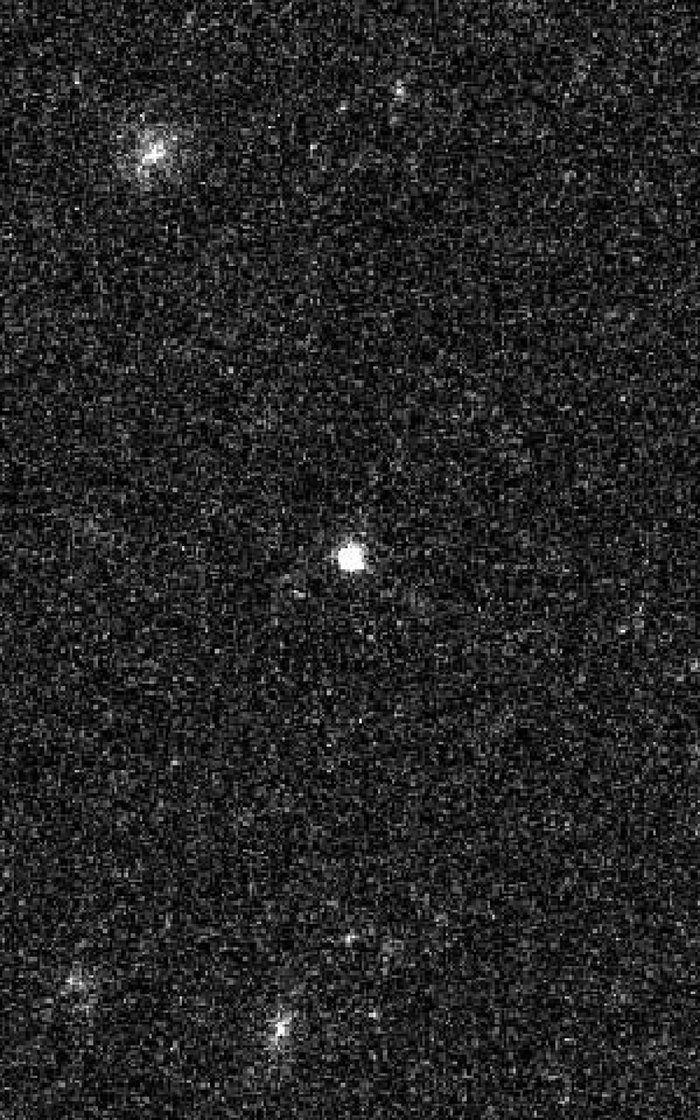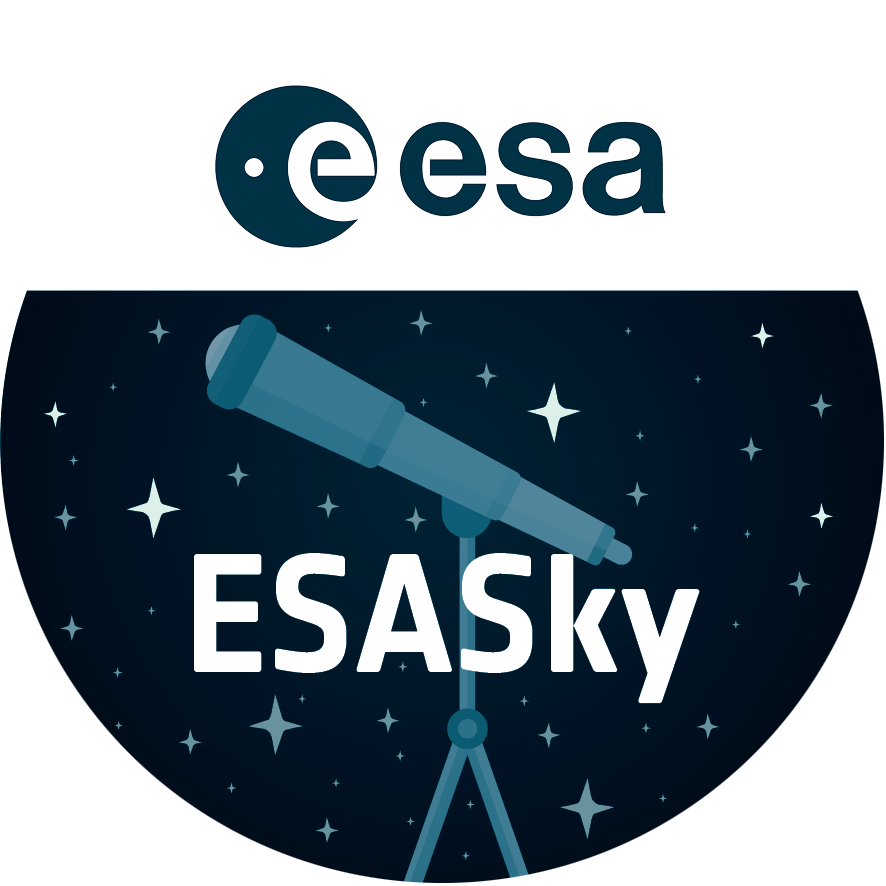Optical transient SCP 06F6 - 21 May 2006
This picture shows SCP 06F6, which was visible only for about 200 days and which is still a total mysterious object for astronomers.
In 2006 the ESO/NASA Hubble Space Telescope observed an object, which brightend over a period of 100 days and then faded over a similar period. The spectrum of the light from the object did not fit any known supernova types. Even worse, astronomers were not able to trace back the few spectral lines in the light of the object to any known elements which made it impossible to determine the distance of the object. In addition neither a star of the Milky Way nor another galaxy was found at the location of the object.
The picture presented here was taken during the period, the object brightened up.
Astronomers came up with several explanations for the nature of SC 06F6: It was suggested that SCP 06F6 might be a supernova at an extreme distance. It would also be possible that Hubble observed the collision between an asteroid and a white star, or the collision of a white star and a black hole. Other ideas included the core collapse of a carbon star, a pair-instability supernova or even a complete new kind of supernova. However, the true nature of SCP 06F6 so far stays a mystery.
Credit:NASA, ESA and K. Barbary (University of California, Berkeley)
About the Image
About the Object
| Name: | SCP 06F6 |
|---|---|
| Type: | Early Universe : Star : Evolutionary Stage : Supernova |
| Distance: | z=0.14 (redshift) |
| Constellation: | Bootes |
| Category: | Miscellaneous |
Coordinates
| Position (RA): | 14 32 27.39 |
|---|---|
| Position (Dec): | 33° 32' 24.72" |
| Field of view: | 0.21 x 0.33 arcminutes |
| Orientation: | North is -0.0° left of vertical |
Colours & filters
| Band | Wavelength | Telescope |
|---|---|---|
| Infrared I | 775 nm |
Hubble Space Telescope
ACS |
| Infrared Z | 850 nm |
Hubble Space Telescope
ACS |


